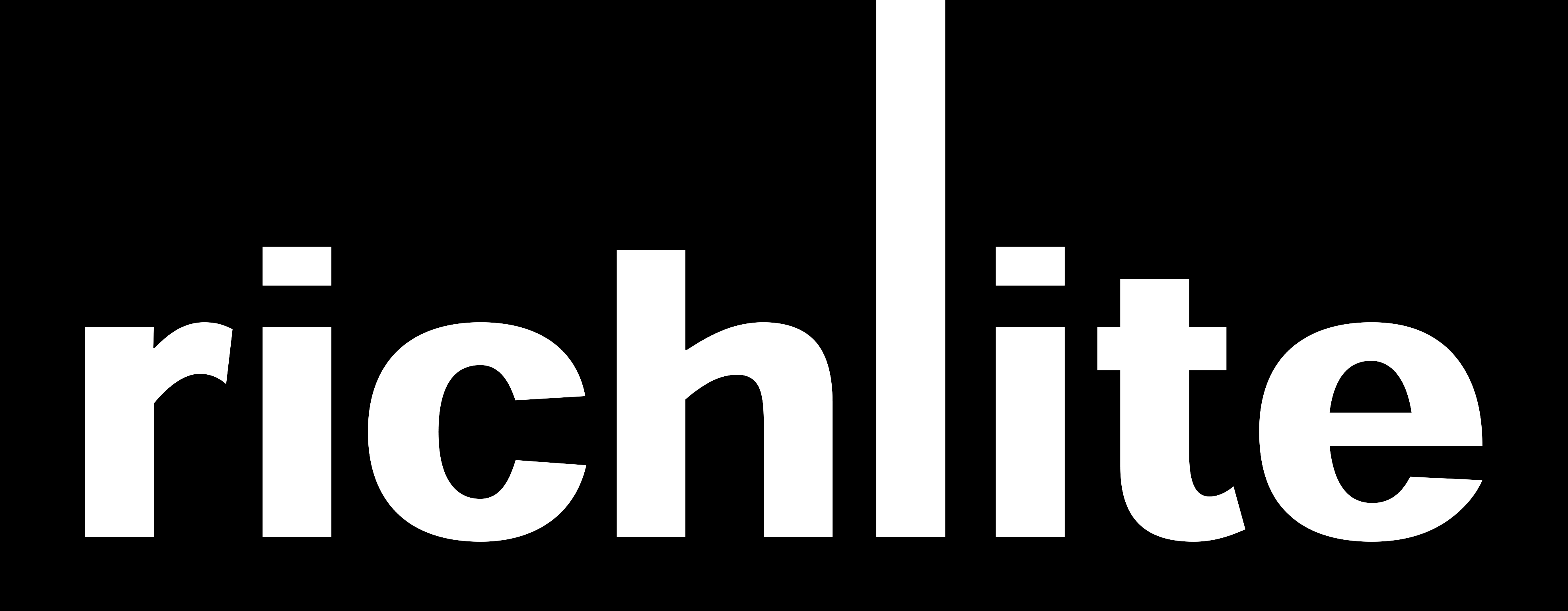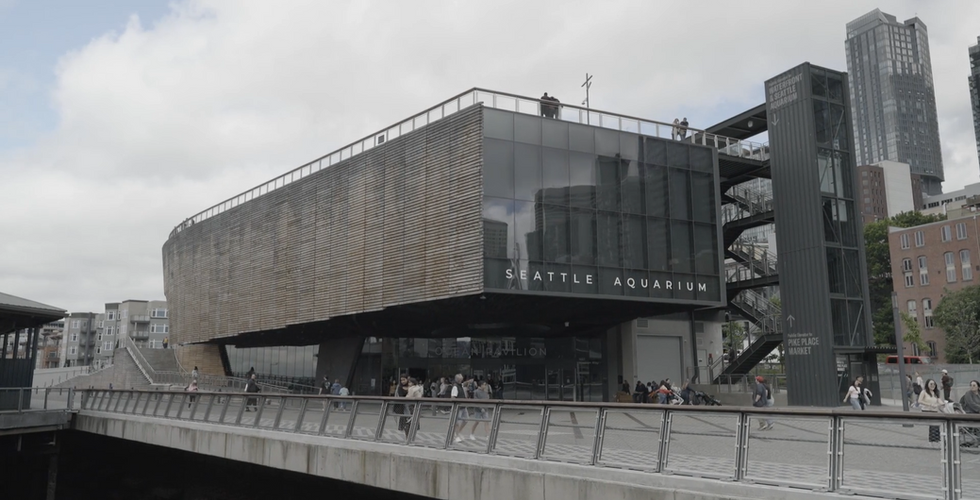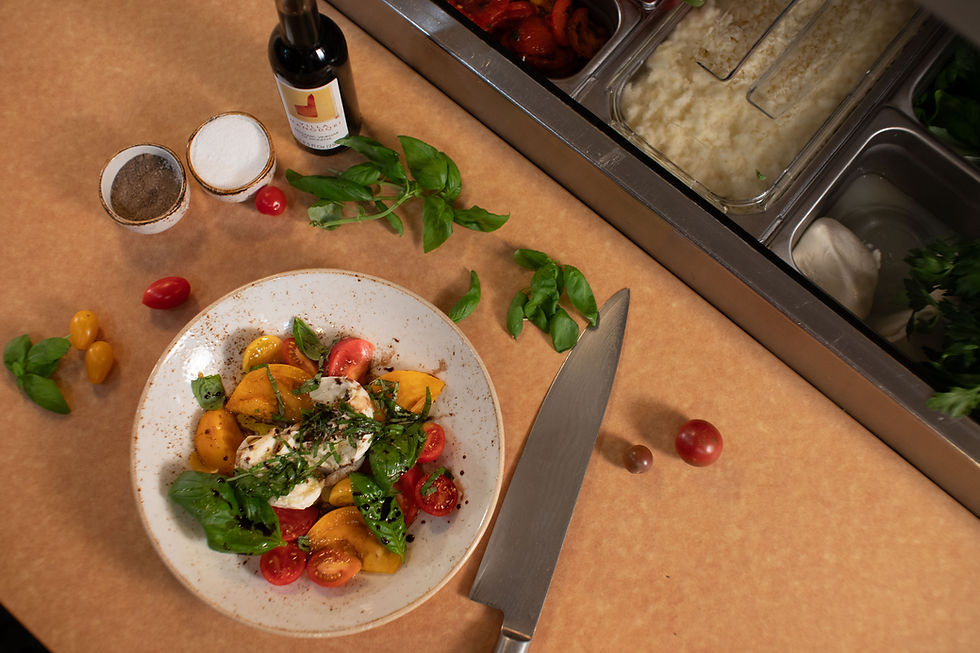Richlite’s Role in the Seattle Aquarium’s Sustainable Transformation
- Ciana
- Sep 23
- 3 min read
Reimagining the Seattle Waterfront

Seattle’s waterfront has been evolving for over a decade, beginning with the seawall restoration in 2017. One of the most transformative additions is the Seattle Aquarium Ocean Pavilion, a 50,000-square-foot landmark designed by LMN Architects with exhibit design by Thinc Design and landscape architecture by Field Operations.
The centerpiece, One Ocean Hall, and its massive saltwater habitat known as The Reef, bring to life the Aquarium’s “One Ocean” philosophy, which emphasizes that all the world’s waters are interconnected.
The design also honors the traditional lands of the Coast Salish peoples, weaving cultural input, public art, and community collaboration into the experience. The project is LEED Gold certified and targeting Zero Carbon certification, further reflecting the Seattle Aquarium’s commitment to sustainability and climate leadership.
We envisioned this as an aquarium of the future. It’s a place where we can engage people in a deeper understanding of the ocean and our connection to it.” – Partner at LMN
Why LMN Architects Chose Richlite

Designing for a marine environment comes with challenges. With large saltwater tanks and 65% interior humidity, LMN Architects needed materials that would not warp, corrode, or require constant maintenance. Traditional wood or MDF wouldn’t hold up over time.
Instead, they sought:
Moisture- and corrosion-resistant materials that perform well near saltwater
Long-term durability to reduce maintenance and replacement costs
Regionally sourced products to keep the project tied to its Pacific Northwest roots
Verified sustainable materials that support the Pavilion’s environmental goals
Additional benefits Richlite brings:
Class A fire rating — contributing to building safety and compliance
Excellent thermal insulation — supporting energy efficiency
Lightweight construction — simplifying installation and reducing labor
Available in large sheet sizes (up to 60” x 144”) — minimizing seams and improving aesthetics
Manufactured in Tacoma, Washington, since 1943, Richlite is a trusted leader in high-performance composite panels made from FSC-certified paper and eco-friendly resins. Our products are NSF- and Greenguard certified, and carry DECLARE, HPD, and REACH transparency documentation, making them a smart choice for projects seeking LEED points or other green building certifications.
Richlite in the Ocean Pavilion
Our 'Slate' colored material can be found in multiple locations throughout the Pavilion, including:
Wall and ceiling cladding
Donor recognition wall
Staircase detailing
Custom-fabricated elements
Because Richlite panels are resistant to moisture, do not require edge sealing, and maintain consistent color and finish, they offered LMN a solution that would look beautiful while standing up to a challenging, humid environment.
Accessibility and Inclusion

One of the Pavilion’s most striking features is its covered front plaza, where visitors can view The Reef without entering the building. This design choice makes marine life accessible to everyone, including passersby who may not have planned to visit.
"This design has been developed around ideas of creating a network of accessible, inclusive connections linking the city, the waterfront, and the ocean, integrated with interior and exterior experiences of the Ocean Pavilion." LMN Architects partner Mark Reddington
Recognition and Awards
The Ocean Pavilion has already received significant recognition for its design and environmental impact:
2025 ACEC Washington Engineering Excellence Awards – Platinum, Best in State
2024 Interior Design Magazine Best of Year – Environmental Impact
2024 AN Best of Design Awards – Editors’ Picks
2023 ARCHITECT Magazine Progressive Architecture Award
Looking Ahead
The Ocean Pavilion is more than just a building; it’s an invitation to connect with our planet’s one ocean and to consider our role in protecting it. We’re honored to have contributed to this milestone project, thanks to LMN architects and the City of Seattle, and to play a part in creating a space where visitors can learn, explore, and be inspired to protect our shared ocean.

























Comments